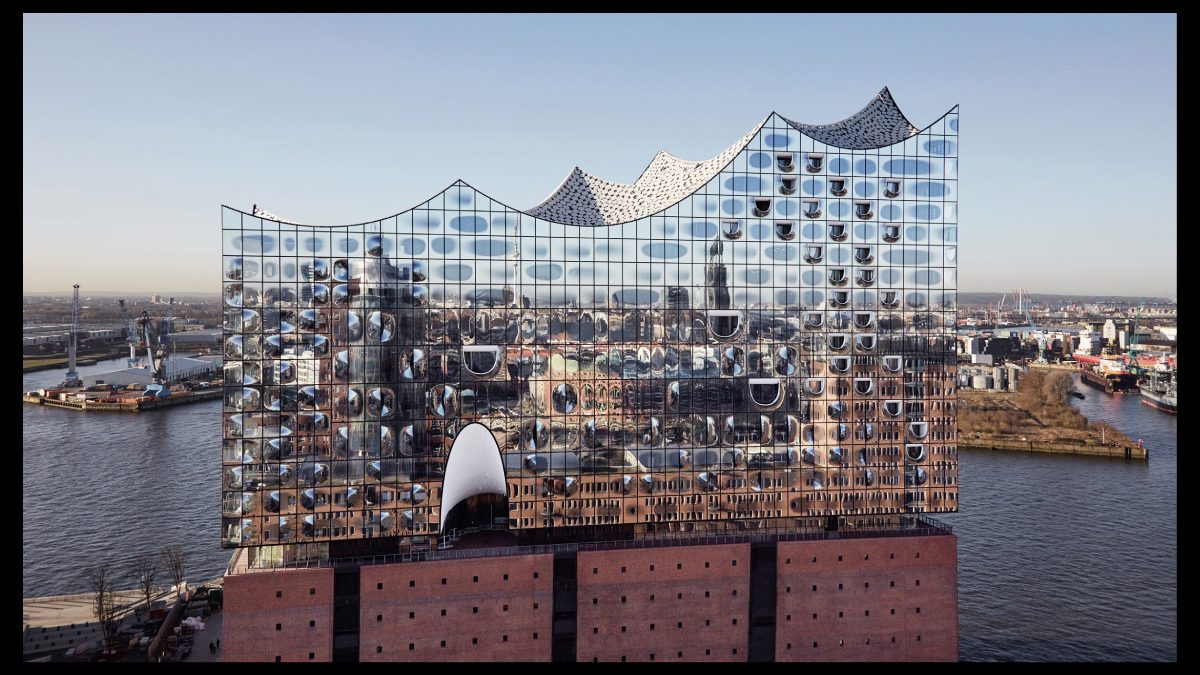The study of architecture and urban design has always fascinated those who see the world in lines and structures. Understanding how cities grow and how buildings blend with the environment is key to designing a livable future. Today many digital resources offer easy access to thousands of titles on these subjects. Z-library offers the best books for free and without effort, providing a gateway for enthusiasts and professionals alike to dive deep into these disciplines. Let’s explore the unique value of digital books in architecture and urban design and see how they can broaden your perspective.
Table of Contents
The Richness of Architectural Knowledge in Digital Format
Digital books on architecture bring centuries of design ideas and theories straight to your device. They offer immediate access to classical works on Roman arches and modern discussions on sustainable cities. Students find it easy to refer back to essential concepts, while professionals stay updated with the latest trends in design. The convenience of having these vast collections at hand reduces the need for physical storage and makes study sessions smoother.
Urban design also benefits from digital resources, as books now feature interactive elements like 3D models and illustrations. Such elements give readers a deeper understanding of spatial layouts and city planning. While printed books remain valuable digital versions allow you to explore these concepts in a more dynamic way.
The Advantages of Digital Libraries for Architecture Enthusiasts
For anyone looking to grow their expertise in architecture, digital libraries serve as a bridge to knowledge. They host collections that range from historical works on Gothic cathedrals to guides on cutting-edge urban innovation. One clear advantage is accessibility. You no longer need to search for a specific book or wait for a rare publication to be available.
Another benefit is portability. With your books stored on your device, you can read anywhere. You can switch between topics without needing to carry heavy volumes around. This convenience helps architects and students balance work, study, and leisure reading.
Challenges in Relying Solely on Digital Books
While digital books offer many advantages, relying entirely on them also brings challenges. First, reading on screens can cause fatigue for some readers, which may limit long sessions of detailed study. Physical books provide a tactile experience that many find irreplaceable. For those who sketch or jot down notes, the lack of physical engagement can make a difference.
Additionally, not all digital formats suit the content-heavy nature of architecture and urban design. Certain books may contain large diagrams or photographs that don’t render well on smaller screens. The experience of flipping through a large-format printed book full of detailed blueprints still holds significant value.
How to Make the Most of Digital Books on Urban Design
Making the most of digital books starts with a well-organized digital library. Organize your files by topic to ensure quick access when needed. Take advantage of features such as bookmarks, annotations, and highlighting. These tools make it easier to study or reference specific sections when working on a project.
It’s also important to use these books alongside practical exercises. Apply the ideas from digital books to real-world designs. If a digital resource explains a technique in city planning try visualizing it with a city you are familiar with. This approach connects theory with practice and makes learning more engaging.
Shaping the Future Through Digital Knowledge
Digital books open up new horizons for architects and urban designers. Whether you are a beginner or an experienced professional, the insights offered by these resources are invaluable. The ability to access knowledge instantly while on the go is something past generations of architects could only dream of.
By making these books an integral part of your work and study, you not only expand your skills but also contribute to a more thoughtful and sustainable approach to design. Urban landscapes are constantly evolving, and digital books ensure that you stay at the forefront of this evolution.

